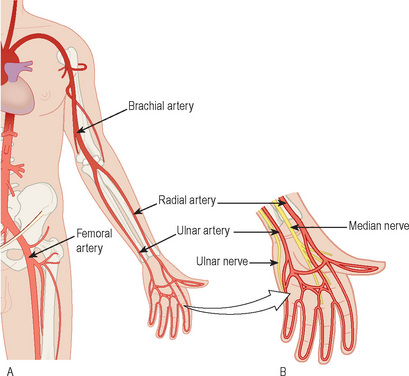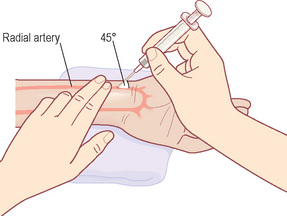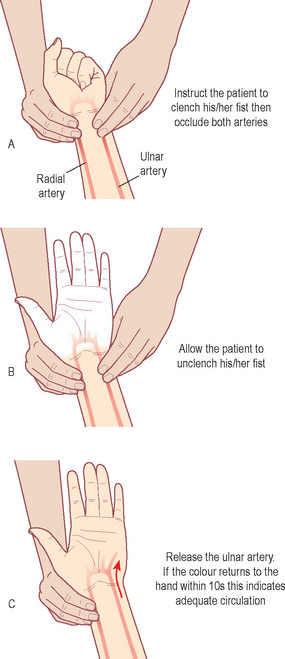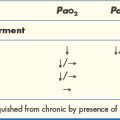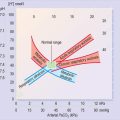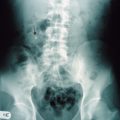1.6 ABG sampling technique
Before sampling
• Unless results are required urgently, allow at least 20 minutes after any change in O2 therapy before sampling (to achieve a steady state).
• Explain to the patient why you are doing the test, what it involves and the possible complications (bleeding, bruising, arterial thrombosis, infection and pain); then obtain consent to proceed.
• Prepare the necessary equipment (heparinised syringe with cap, 20–22G needle, sharps disposal container, gauze) and don universal precautions.
• Identify a suitable site for sampling by palpating the radial, brachial or femoral artery (Figure 18). Routine sampling should, initially, be attempted from the radial artery of the non-dominant arm.
Radial artery sampling
• Perform a modified Allen test to ensure adequate collateral circulation from ulnar artery1 (Figure 20).
• Position the patient’s hand as shown in Figure 19 with the wrist extended 20–30°. Greater extension of the wrist may impede arterial flow.
• When the needle is in the artery a flash of pulsatile blood will appear in the barrel of the needle. Most ABG syringes will then fill under arterial pressure (see info box over page).
After sampling
• Once adequate blood has been obtained, remove the needle and apply firm, direct pressure to the sample site for at least 5 minutes (and until bleeding has ceased).
• Ensure that no air bubbles are present in the sample, as they may compromise results. Any sample with more than very fine bubbles should be discarded.
1 However, the value of routinely performing a modified Allen’s test prior to arterial puncture has been questioned, in part due to its poor sensitivity and specificity for identifying inadequate collateral circulation. (Slogoff S, Keats AS, Arlund C. On the safety of radial artery cannulation. Anaesthesiology 1983;59:42–47).

